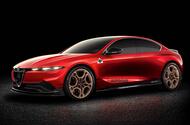Firm's most potent model yet packs 800V charging and AI-powered dynamics to tweak handling on the fly
The next Alfa Romeo Giulia Quadrifoglio will arrive in 2026 as the firm’s most potent car to date, with power outputs nudging 1000bhp and onboard artificial intelligence that is able to tweak handling characteristics on the fly.
The next Giulia will be underpinned by parent company Stellantis’s new STLA Large platform. The structure is said to be “BEV-nativeâ€, but it can also host combustion and hybrid powertrains, like the platform Alfa Romeo is using for the new Junior crossover it has just revealed.
Stellantis boasts of the Large platform’s game-changing potential, claiming its quickest cars will hit 62mph from rest in around 2.0sec.
They will be fitted with 118kWh battery packs, giving range figures of around 500 miles. Alfa CEO Jean-Philippe Imparato previously said the new Giulia Quadrifoglio would offer “around 1000hp†(986bhp), which is a marked rise compared with its most powerful saloon thus far, the 533bhp GTAm.
The Dodge Charger Daytona, the STLA Large platform’s debut model, gives clues to what cooking versions of the Giulia – which is expected to be a close relation – could offer.
It uses an electric motor on each axle, combining for 496bhp in the entry-level R/T car and 670bhp in the range-topping Scat Pack. Its 93.9kWh battery pack can be recharged from 20-80% in a claimed 27 minutes, at rates of up to 183kW.
Imparato said this will be reduced to “within 18 minutes†for the Giulia, whose electricals run at 800V rather than the 400V in the Charger Daytona.
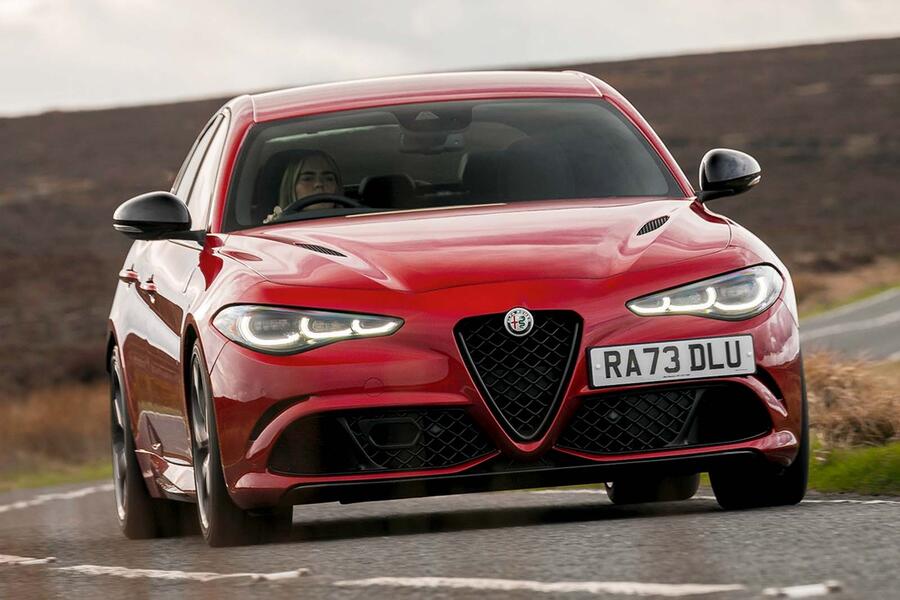
Alfa has committed to “100% zero-emission sales in 2027â€, but it’s possible that, due to the watering down of Euro 7 emissions legislation, the next Giulia could also offer a combustion engine.
Speaking last September, a month before Euro 7 was softened, product chief Daniel Guzzafame said the brand’s EV-only transition would depend on the legislation.
“No company will invest to meet Euro 7†he added recently, speaking to Australian publication Drive. “That means only one thing: you can draw the line from there; it’s just not sustainable. It will depend on the regulation.â€
Separately, Imparato suggested Alfa would be open to keeping combustion-engined cars on sale for longer if legislation allowed.
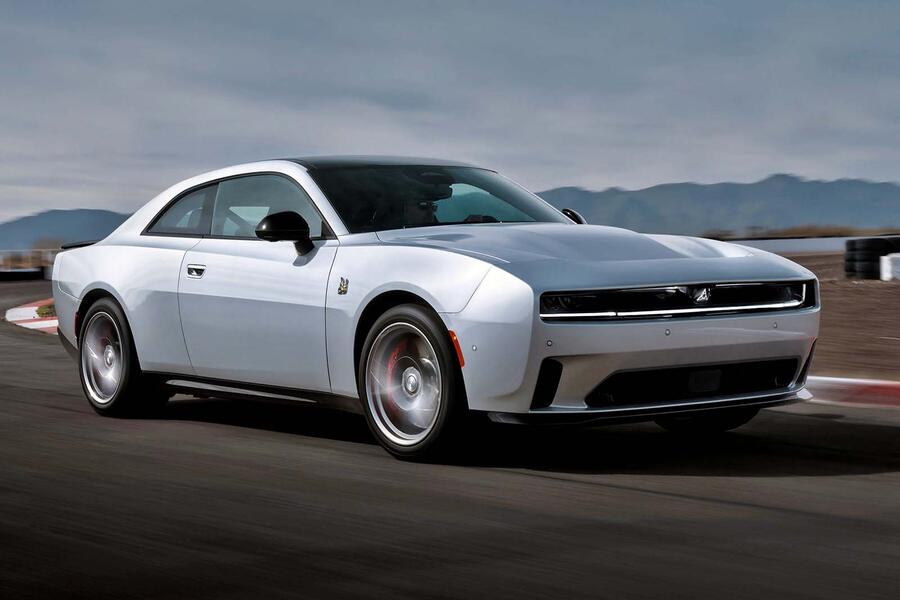
The Charger Daytona, for example, is offered with a combustion engine, in its case a 550bhp twin-turbo 3.0 straight six, which would be a logical successor to the 2.9-litre V6 used by today’s hot Giulia.
However, Imparato has previously said the existing V6 could survive following the weakening of the Euro 7 proposal. Regardless of what is under the bonnet, the next Giulia also promises to unlock extra dynamic potential thanks to a new on-board computer.
Called STLA Brain and making its debut next year on the next-generation Alfa Romeo Stelvio, it will use artificial intelligence to tweak the handling to a driver’s preference.
Over-the-air software updates will provide further advances during the car’s lifespan, with the potential to unlock extra power, range or charging speed. The Brain’s hardware also has ramifications for the in-car experience:
Imparato has suggested it allows for a ‘ghost car’ to be projected onto a head-up display to show the position you should take on the road. He added, however, that Alfa won’t try to outgun its German rivals on in-car entertainment.
“My customers aren’t looking for metre-wide infotainment screens in their cars or 200 digital assistance systems to switch on and off,†he said. The Giulia’s interior will instead put a focus on the interaction between car and driver by reinventing several design cues inspired by Alfa’s heritage.
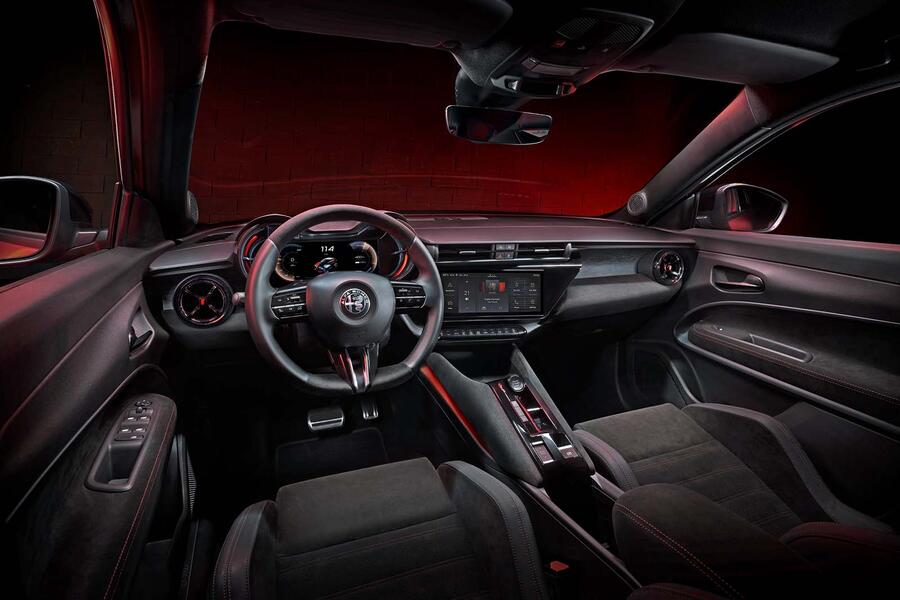
The double-cowled ‘cannocchiale’ (telescopic) instrument panel will return, for example, displaying only the essential information about the state of the car.
Imparato said: “What I don’t need is to know the weather for three weeks’ time. I don’t care – I’m here to drive.â€
A synthetic exhaust note, as featured on the Abarth 500e, is not on the cards for any electric Alfa. “I will never allow fake noise, but we might put vibrations back into an [electric] car,†Imparato said, hinting at the potential for synthesised gearshifts and ‘revs’.
Visually the Giulia will straddle conventional segments, having been described by Imparato as a “tipping point†between a saloon and an estate. He has also been emphatic in stating that it will remain a low-slung proposition, which would leave the taller Stelvio SUV to capitalise on SUV sales.
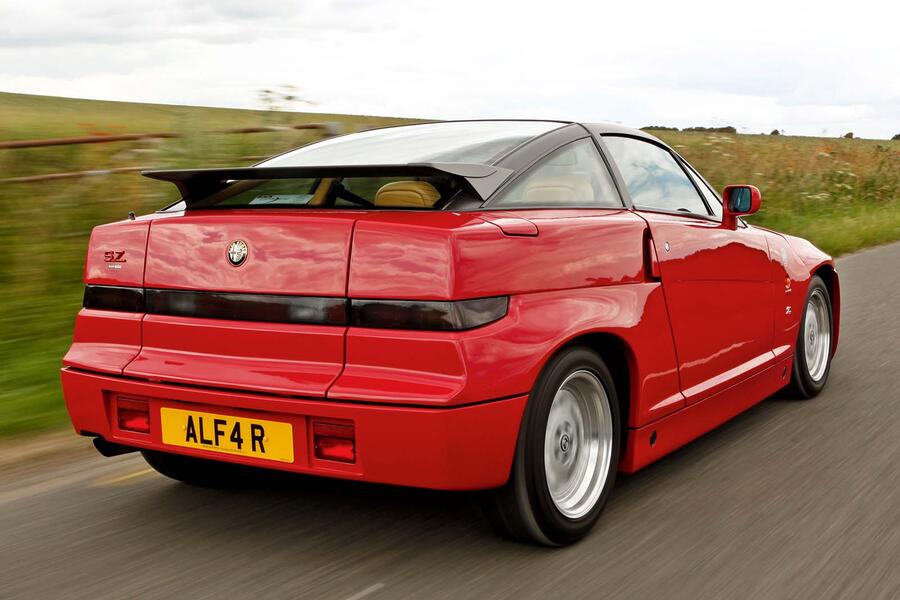
“I don’t want to become an SUV brand even if the world is switching to SUVs,†Imparato added. The Giulia will reintroduce several design cues from historic Alfa Romeos, most notably including the abrupt ‘Coda Tronca’ rear end. Nonetheless, it will remain a thoroughly modern proposition.
Design boss Alejandro Mesonero-Romano warned: “We have to be careful how much inspiration we take from the past. As designers, a little like chefs, the aim is to mix classic ingredients into a ‘new sauce’ that today’s generation will respond to.â€
The new Giulia will replace the current car on the line at Stellantis’s plant in Cassino, Italy, where it will join the next Alfa Romeo Stelvio and the Maserati Grecale.
A new Maserati Quattroporte, also based on the STLA Large structure, had been scheduled to enter production at Cassino next year, but this has been postponed until 2028 for further development and cost reductions.
In the meantime, Alfa Romeo is set to expand its line-up significantly with ambitions of global growth. Its first series-production electric car, the Milano SUV, is due in dealers in a matter of months, and the new-generation Stelvio will follow next year.
An electric Porsche Cayenne rival is due in around 2027, and senior executives have suggested it could be joined by several niche models, following the launch later this year of the £1.7 million, highly limited 33 Stradale supercar.
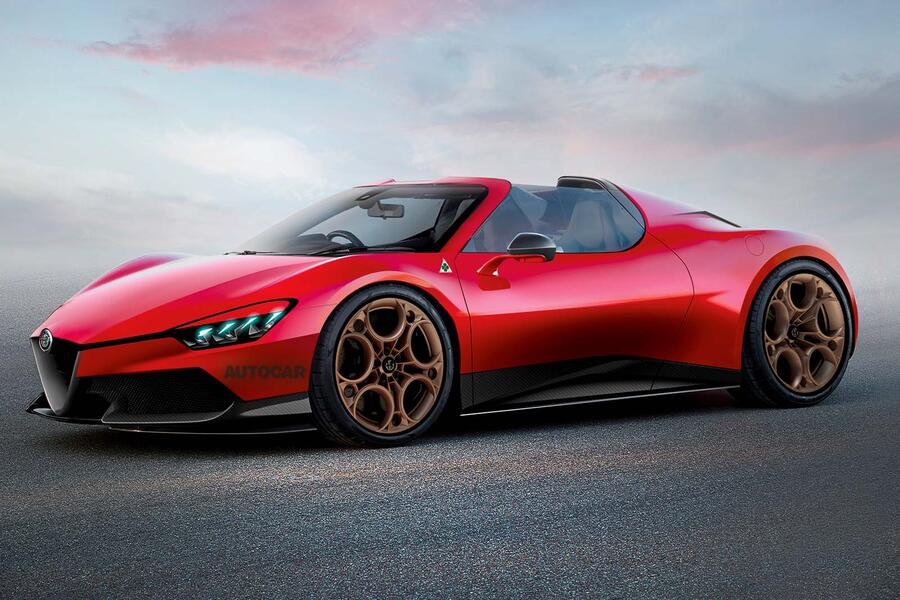
Mesonero-Romano has hinted that the company may revive the Autotutto van as an MPV for the Chinese market, and Imparato has openly discussed his ambition to revive both the GTV and the Spider Duetto as electric cars.
The firm has stressed, however, that a reborn Spider will only be possible once Alfa has a five-strong line-up of more mainstream-oriented models on sale.

